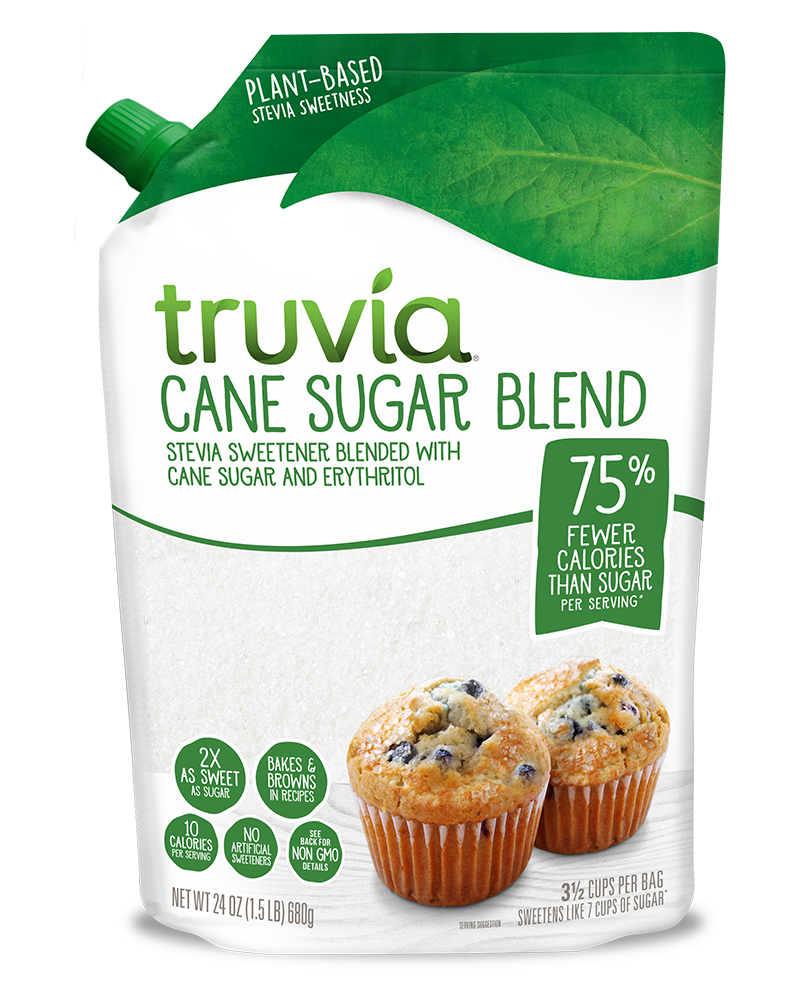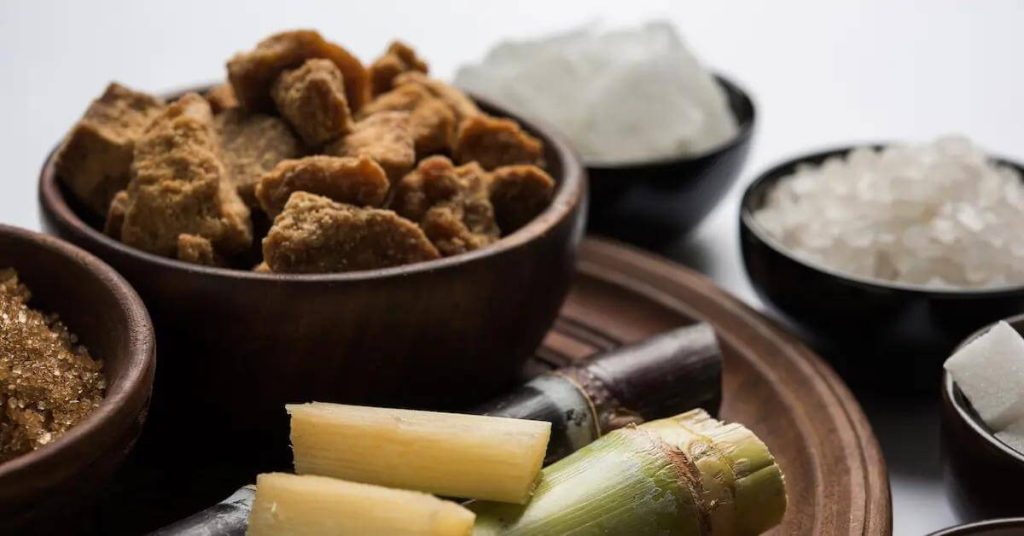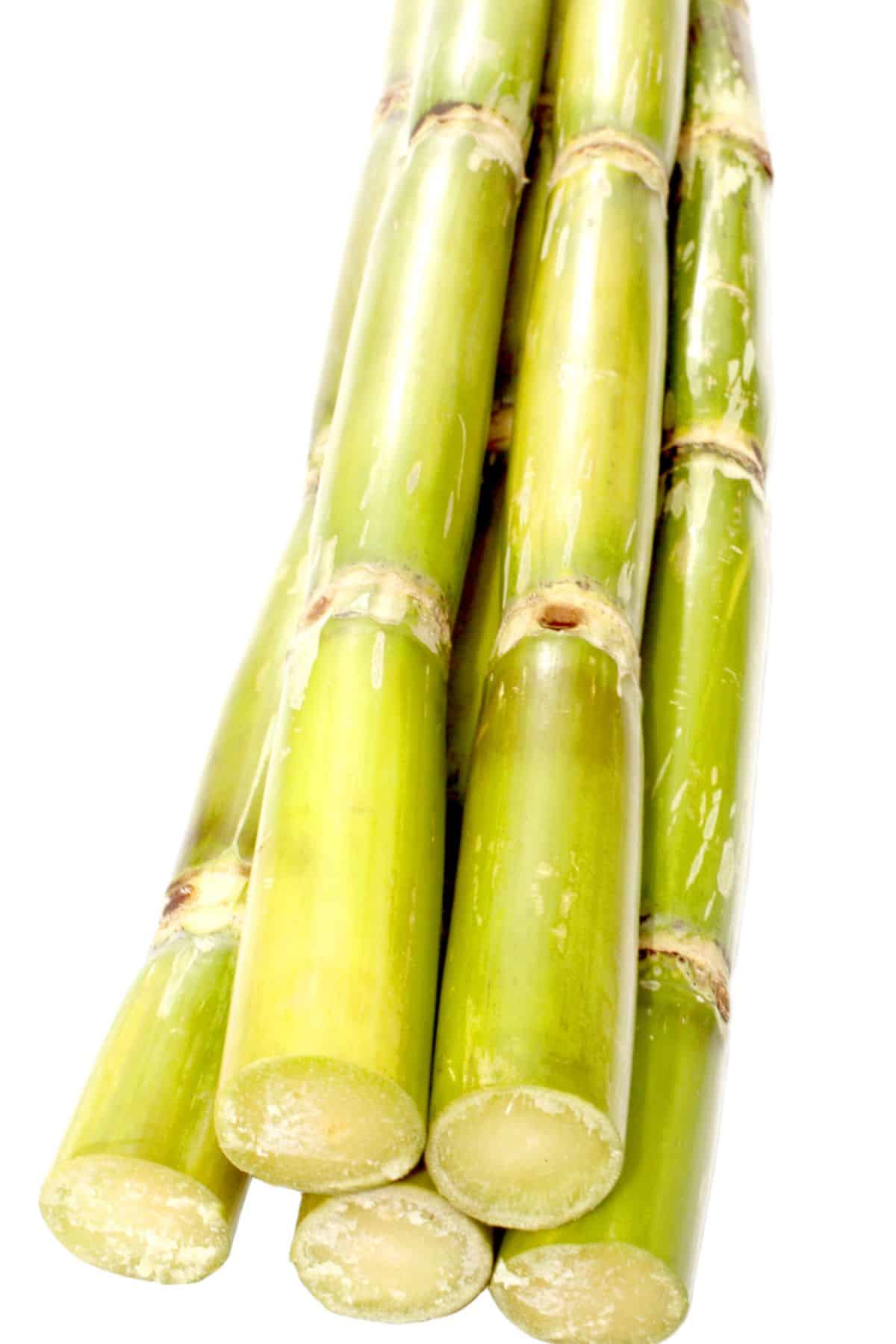Cane Sugar Processing Explained: What Takes Place Inside a Sugar Mill
Checking Out the Comprehensive Steps Included in Cane Sugar Handling From Gathering to Improvement
The procedure of walking stick sugar production incorporates a collection of elaborate actions, beginning with the cautious harvesting of sugarcane and finishing in the refinement stages that make certain the final item satisfies sector standards. Each phase, from the extraction of juice to the purification and formation procedures, plays a vital duty in identifying the high quality and personality of the sugar.
Collecting Sugarcane
Harvesting sugarcane is an important action in the cane sugar processing chain, as it directly influences the high quality and return of the final product. Proper timing and techniques are vital during this phase to guarantee ideal sugar material and lessen losses. Commonly, sugarcane is collected when it gets to maturation, normally 12 to 18 months after growing, defined by a high sucrose focus.

Post-harvest, the sugarcane has to be processed quickly to prevent sucrose deterioration. Preferably, collected cane ought to be transferred to processing centers within 24-hour to maintain sugar top quality. Therefore, efficient logistical preparation is crucial to preserve the stability of the collected plant throughout the supply chain.
Removal Process

The crushed cane goes through a collection of pushing procedures to optimize juice recovery. Normally, hot water is sprayed onto the crushed walking stick, producing a countercurrent flow that aids dissolve the sugar while additionally helping in the removal process. The juice accumulated from this operation consists of not just sugar yet also numerous organic compounds and impurities.

To improve removal effectiveness, some centers may utilize diffusion approaches, where the sugarcane is saturated in warm water, allowing the soluble sugars to diffuse into the liquid. The resulting juice, rich in sucrose, is then routed to subsequent processing stages, laying the structure for filtration and refinement. The extraction procedure is thus crucial in figuring out the quality and return of the last sugar product.
Filtration Techniques
The filtration techniques employed in walking cane sugar processing are necessary for changing the raw juice into a top notch sugar item. These approaches largely intend to remove pollutants, such as soil, plant products, and not natural substances, which can negatively affect the end product's taste and color.
This procedure involves adding lime and warm to the raw juice, which facilitates the coagulation of pollutants. In addition, the usage of phosphoric acid can boost the clarification procedure by additional binding contaminations.
One more substantial technique is carbonatation, where co2 is introduced to the clarified juice. This reaction generates calcium carbonate, which catches staying impurities and advertises their elimination.
Moreover, activated carbon therapy might be used to adsorb any type of staying colorants and natural impurities, making sure an extra polished product. The combination of these techniques successfully prepares the sugar juice for subsequent action in the refining procedure, establishing the phase for the production of high-quality walking stick sugar.
Crystallization Methods
After the filtration stage, the following critical step in walking cane sugar processing entails formation methods, which play an essential duty in transforming the made clear juice into solid sugar. This process generally uses two key methods: spontaneous condensation and controlled crystallization.
In spontaneous crystallization, supersaturated sugar solutions are allowed to cool normally, bring about the development of sugar crystals gradually. This technique is less complex however might result in irregular crystal sizes and lower pureness degrees. On the other hand, controlled formation is a much more specific technique where seeding, concentration, and temperature level representatives are meticulously handled. This approach enables the uniform growth of sugar crystals and greater pureness.
During formation, the cleared up juice is concentrated with evaporation, boosting its sugar content till it reaches supersaturation. When this factor is attained, either approach can assist in the condensation procedure. Cane Sugar Processing. The resultant sugar crystals are after that separated from the remaining syrup through centrifugation
Ultimately, the choice of formation technique influences the top quality, size, and purity of the last sugar product, making this step essential in the total cane sugar processing treatment.
Refinement and Packaging
How can the pureness and quality of walking stick sugar be better boosted after formation? The refinement process plays an essential duty in accomplishing top notch walking stick sugar. Following condensation, sugar goes through a comprehensive cleaning to get rid of pollutants and residual molasses. This is usually go to this web-site achieved utilizing warm water or heavy steam, which helps dissolve and extract unwanted components while maintaining the sugar crystals.
Following, the sugar undergoes a procedure called centrifugation, where it is spun at broadband to divide the cleansed discover here sugar crystals from the staying fluid. After centrifugation, the sugar is commonly additional improved with a technique called carbonization or phosphatation, which uses triggered carbon or phosphoric acid to get rid of color and off-flavors.
As soon as improved, the sugar is dried out to attain the desired dampness content, guaranteeing that it continues to be stable throughout storage and transportation. The last action involves product packaging the refined sugar in moisture-proof and impermeable containers to maintain its top quality and avoid contamination. Cane Sugar Processing. Appropriate packaging not only prolongs life span yet additionally promotes easy handling and distribution, ensuring that consumers get sugar that satisfies the greatest criteria of pureness and top quality
Conclusion
The extensive steps associated with walking cane sugar processing, from the careful harvesting of sugarcane to the detailed refinement and product packaging phases, highlight the importance of each phase in guaranteeing premium sugar manufacturing. Ideal harvesting methods, reliable extraction techniques, and rigorous purification procedures collectively add to the last product's purity and security. The crystallization and succeeding packaging techniques even more enhance the honesty and life span of the sugar, highlighting the complexity and accuracy integral in this crucial agricultural sector.
The process of cane visit site sugar manufacturing encompasses a collection of detailed steps, starting with the mindful harvesting of sugarcane and culminating in the refinement phases that make sure the last item meets industry requirements. Ideally, harvested walking cane needs to be delivered to refining facilities within 24 hours to protect sugar top quality.In spontaneous condensation, supersaturated sugar options are enabled to cool down naturally, leading to the development of sugar crystals over time - Cane Sugar Processing. The improvement procedure plays a crucial duty in attaining premium walking cane sugar.The thorough actions included in walking cane sugar handling, from the meticulous harvesting of sugarcane to the detailed improvement and packaging stages, underscore the value of each stage in making certain top notch sugar manufacturing